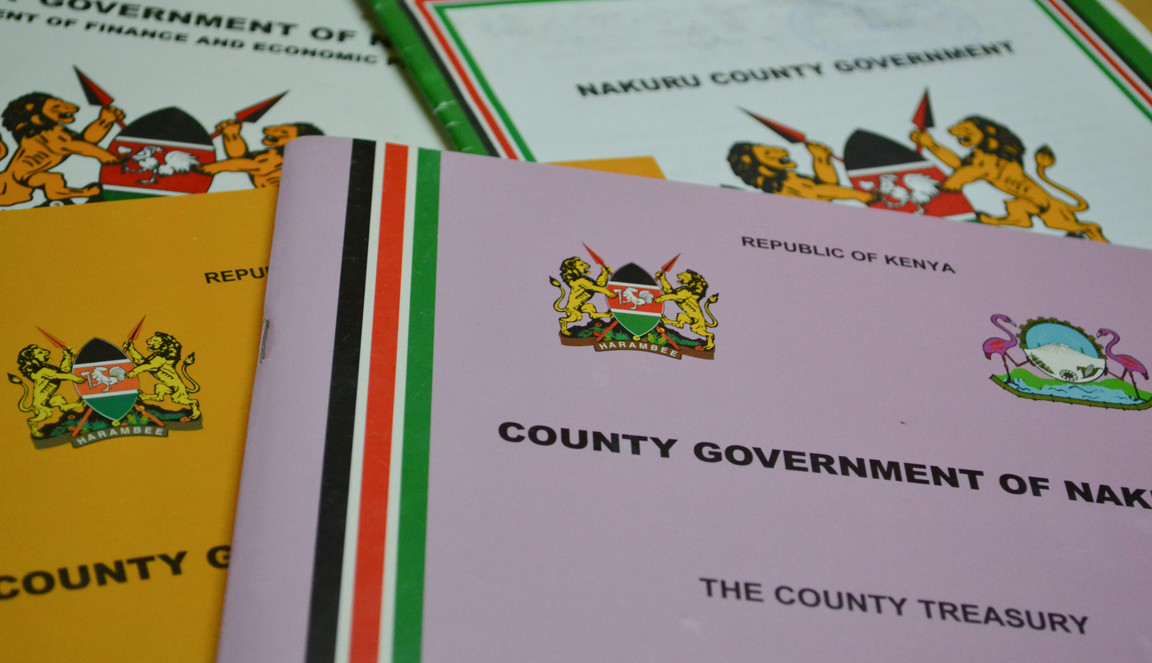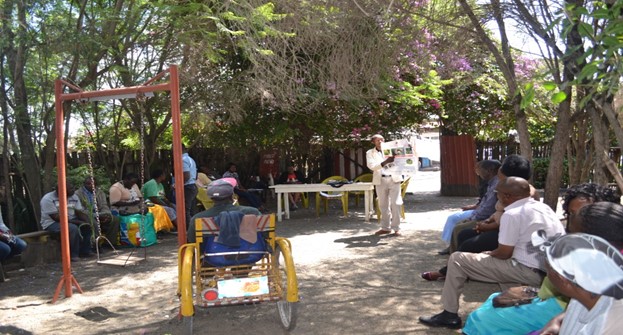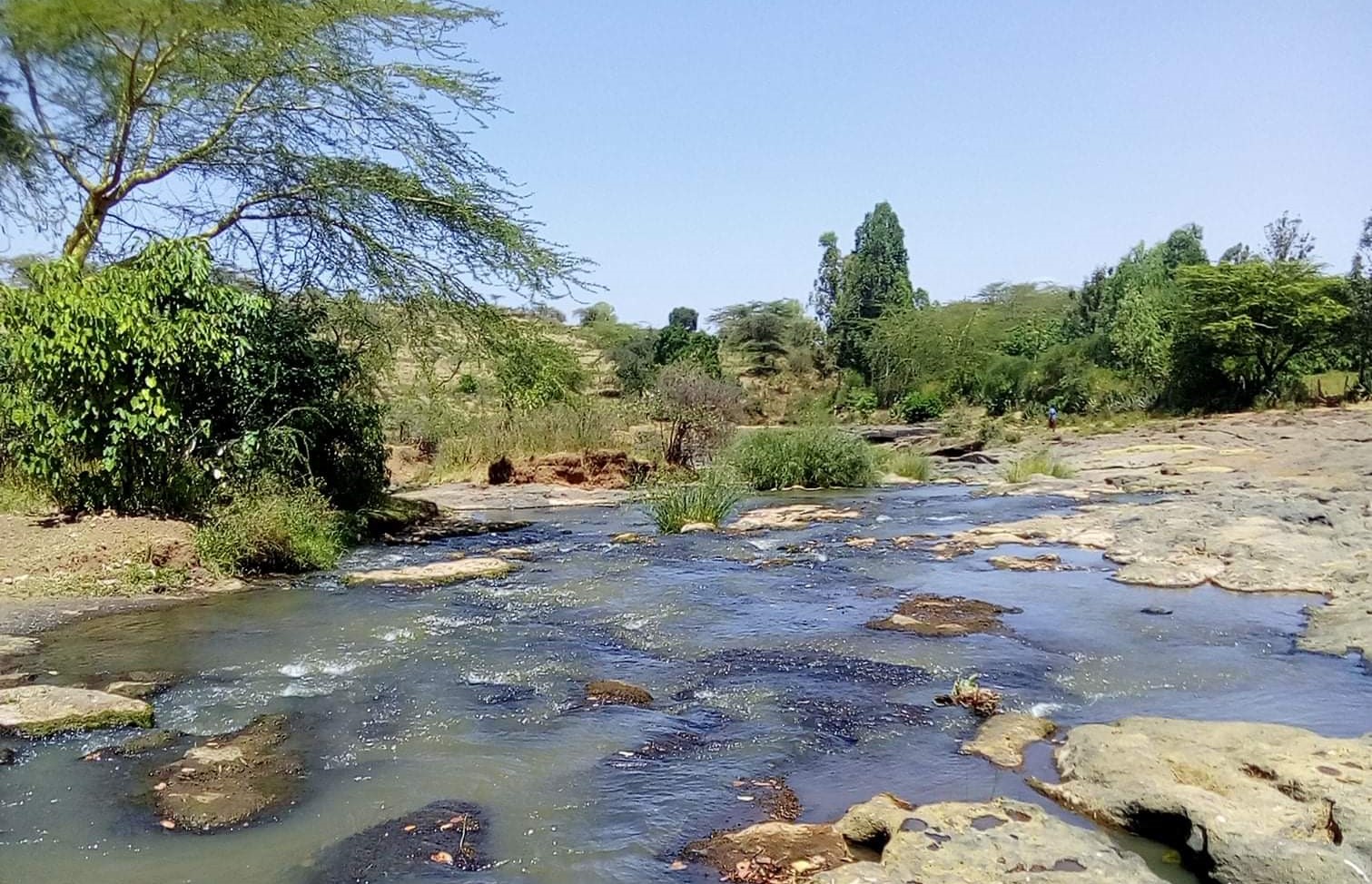Budget estimates are policy documents that outline the government’s proposed revenues, expenditures, and priorities for a specific financial year. The estimates are prepared in accordance with provisions of the Public Finance Management Act of 2012. The process of preparing budget estimates takes place at national and county levels and is guided by the Constitution of Kenya 2010 and the Public Finance Management Act, 2012. Various documents are prepared by both county and national governments during the budget-making process. Here are 11 that are crucial in the budget-making process:
1. Budget Circulars
These are scheduled for preparing budget estimates with indications of key dates for the completion of various steps. The schedules also contain procedures for projections, expenditures, and revenue reviews. Budget circulars provide the format and procedure for submitting budget documents as well as key areas to be considered when preparing the budget. In addition, they contain procedures for citizens to participate in the budget process and any other information that may assist in the budget-making process according to the Cabinet Secretary or County Executive Committee Member (CEC). The Cabinet Secretary and County Executive Committee Member (CEC) at the National and County levels must issue budget circulars to government departments on 30th August every year.
2. Annual Development Plans (ADPs)
These are produced annually by each of the 47 county governments. ADPs contain medium-term priorities to be achieved during the year. The priorities in ADPs are drawn from the County Integrated Development Plan (CIDP). ADPs also contains all government programs with performance indicators, descriptions of major projects to be undertaken, and explanations of any major changes in projects. In the ADP, you will also find overall budgets and estimated costs for major projects. ADPs are similar to county budget estimates, the only difference is that ADPs have overall estimated costs while Budget Estimates have itemized costs. These plans are developed and table in the county assembly on or before September 1 and the law requires they be made public within 7 days of tabling.
3. The Budget Review and Outlook Paper
This document is prepared both at the National and county levels. At the County level, it contains details of actual financial performance for the previous financial year and compares that performance to appropriation for the year. It also has updated financial forecasts and changes in the recent County Fiscal Strategy Paper (CFSP) e.g inflation, growth, etc. It explains how actual financial performance for the year before affected fiscal performance and gives reasons for deviation from financial objectives in the CFSP.
At the National level, it contains the actual financial performance for the year before compared to the current year. It also has updated financial forecasts and changes in the most recent Budget Policy Statement. It explains how actual financial performance for the previous financial year affected fiscal performance and gives reasons for deviation from financial objectives in the Budget Policy Statement. It also explains deviations from the financial objectives and proposals for addressing them. The National and county budget review and outlook papers must be tabled in the National assembly and county assembly respectively on 21st October after approval by the cabinet.
4. Division of Revenue Bill
This document is tabled at the National level and determines the equitable share of National revenue raised between the National government and the 47 County governments in Kenya. The bill is tabled by the Commission of Revenue Allocation (CRA), in parliament annually by February 15th.
5. The County Allocation of Revenue Bill
This document is tabled at the National level and determines the equitable share allocated to counties using a formula currently developed by CRA. The next formulas will be prepared by the Senate and will be revised every 5 years. It also indicates other allocations to counties from the National government’s share of revenue and the conditions for allocations. CRA must table this bill in parliament annually by February 15th
6. The Budget Policy Statement
This document lays out strategic priorities as well as policy goals to guide national and county governments in developing budgets for the upcoming financial year and over the medium term, usually three years. The National Treasury includes in the Budget Policy Statement, an assessment of the current state of the economy, the financial outlook with respect to government revenue, expenditure, and borrowing, and the fiscal responsibilities principles. The National Treasury is required to table this document in parliament by 15th February and approval is done within 14 days.
7. The County Fiscal Strategy Paper (CFSP)
At the county level, the CFSP is the equivalent of the Budget Policy statement tabled at the national level. The CFSP is prepared in accordance with national objectives laid out in the Budget Policy Statement. During the preparation of the CFSP, the County Treasury specifies strategic priorities as well as policy goals that guide County governments in preparing the budget. It also includes financial projections for the next 2 years with respect to county government revenues, expenditure, and borrowing and sets final ceilings for every county department. County Treasuries use the CFSP to prepare county budget estimates and are expected to table CFSP in county assembly by 28th February and approval done within 14 days.
8. The Finance Bill
This document lays out measures that national and county governments use to raise revenue. It also sets out a policy statement that expounds on the measures laid out for both governments. The finance bill is normally tabled in National and County assemblies in June and should be approved within 90 days of approval of the appropriation bill at both levels.
8. Appropriation Act
At the end of every financial year, on 30th June, National and county assemblies are required to pass the Appropriation Bill. These bills authorize the governments to withdraw and spend funds from consolidated fund accounts against the approved budget.
These reports are to be published on a quarterly basis and tabled in assemblies at both the National and County level. Counties are required to develop a report within 30 days after the end of each quarter while the national government has 45 days to prepare the report. Each financial year, the first National and County Budget Implementation Report should be produced by the 31st of October and 15th of November respectively.
9. Budget Implementation Reports
These reports are to be published on a quarterly basis and tabled in assemblies at both the National and County levels. Counties are required to develop a report within 30 days after the end of each quarter while the national government has 45 days to prepare the report. Each financial year, the first National and County Budget Implementation Report should be produced by the 31st of October and 15th of November respectively.
10. Audit Reports by the Auditor General
Audit reports confirm whether or not public funds have been spent lawfully and effectively. The Kenya National Audit Office prescribes measures for securing efficient and transparent fiscal management after auditing the accounts of both governments and other public entities. The Auditor General should prepare and publish an audit report for the previous financial year within 6 months after the financial year comes to an end.



